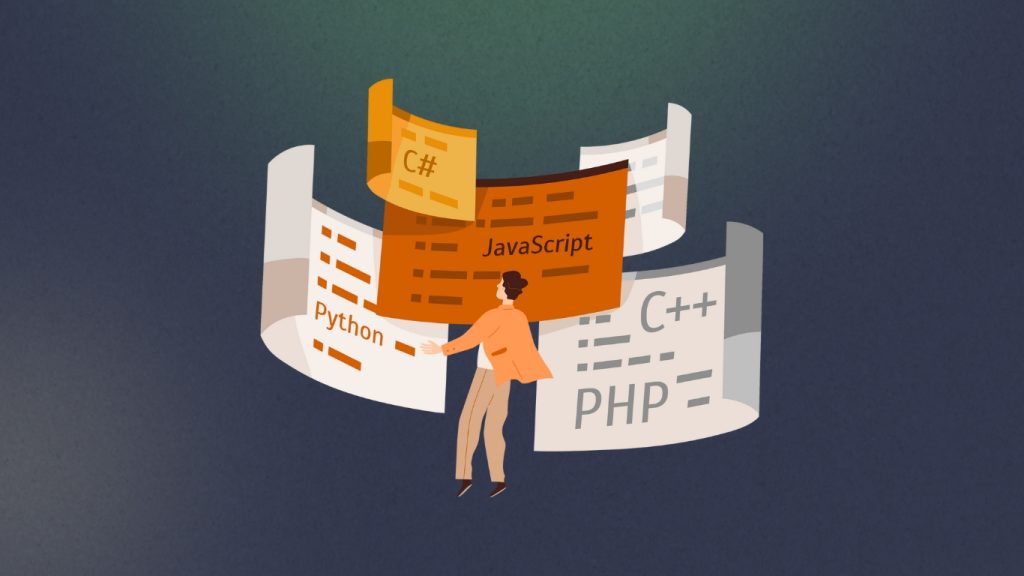
Before you hire a developer or open your favorite code editor, there’s one crucial step that often gets overlooked: validate your app idea. Sounds simple, right? But skipping this step is why most apps fail. You may think you have a game-changing idea, but the market might think otherwise. That’s why validating your app idea can save time, money, and major headaches down the line. Let’s break down why validation matters, how to do it right, and the steps you should take before you write a single line of code.
Why Validation Comes First
It’s tempting to jump straight into development. You’re excited, you want to move fast, and building the app feels like progress.
But without validation, you’re moving blindly.
Studies show that over 40% of startups fail because there’s no market need for their product. That’s a brutal stat especially for something that’s completely avoidable.
Validating early helps answer key questions:
- Does anyone need this app?
- Will people pay for it?
- Is it solving a real problem?
Without solid answers, development is a risk, not an investment.
Talk to Real Users
Start with conversations, not code. Reach out to your target audience. Set up interviews, send out surveys, or talk to people in relevant communities. The goal is to gather insights, not sell your idea.
Ask them:
- What tools are they using now?
- What frustrates them most?
- Have they tried solving this problem in other ways?
By doing this, you’re not just validating interest, you’re collecting gold for future features and positioning. And remember, if people aren’t interested in talking about the problem, they probably won’t care about your solution either.
Define the Problem Clearly
You can’t validate something vague. So get clear on what problem your app solves. Then, define your target user, be specific. “Everyone” is not a target audience.
Here’s a quick structure:
User: Who exactly are you helping?
Problem: What specific pain point are they facing?
Solution: How will your app fix it?
Keep it simple and use plain language. If your value proposition can’t be explained in one sentence, go back and refine.
Analyze the Competition

Chances are, someone has tried solving this problem already. That’s not a bad thing. In fact, competition can validate your idea for you.
Explore existing apps:
- What are users complaining about in reviews?
- What features are missing?
- Are there pricing gaps?
By reverse-engineering what’s already out there, you can find opportunities to improve and differentiate your product. Plus, it helps you set realistic expectations. If your idea already exists, you’ll need a strong angle to stand out.
Create a Landing Page
You don’t need a full product to start marketing. In fact, creating a simple landing page can be one of the best ways to validate your app idea. Use it to pitch your value proposition, collect emails, or even offer early access.
Here’s what to include:
- A clear headline that addresses the problem
- A short demo or mockup (use tools like Figma or Canva)
- A call to action (sign-up, waitlist, etc.)
Use tools like Carrd, Webflow, or even Notion to keep it lightweight. Then, share the page on Reddit, LinkedIn, Product Hunt, or niche communities. If no one clicks or signs up, that’s valuable data, too.
Use No-Code MVP Tools
Validation doesn’t always mean building from scratch. Thanks to no-code platforms like Glide, Bubble, and Adalo, you can launch a basic version of your app within days not months.
Here’s why this helps:
- You test the idea with real users
- You avoid long, costly development cycles
- You gather real-world feedback faster
Even a Google Form or Typeform flow can simulate the app experience. The goal isn’t perfection. It’s proof.
Leverage Social Proof
Let’s say your early users love your idea. Great! Now share that love.
Social proof helps create momentum. Share testimonials, feedback screenshots, or mini case studies. When others see validation, they’re more likely to believe in your solution. You can also build public roadmaps or share weekly progress updates. This builds trust and keeps early followers engaged.
Remember: People back progress, not just potential.
Metrics to Watch

Here are some key numbers that show you’re moving in the right direction:
- Email sign-ups: Are people interested in staying updated?
- Engagement rate: Are users clicking, watching, or sharing your content?
- Feedback quality: Are people giving detailed suggestions or compliments?
- Retention: Do test users return or bounce?
If you’re hitting solid numbers here, it’s a green light. If not, tweak your idea or pivot entirely.
Conclusion
Building apps is risky, no doubt. But when you validate your app idea early, you reduce that risk significantly. Think of validation as your map. Without it, you’re just wandering in the dark. With it, you’re guided by data, insights, and actual demand. Before you spend thousands on development or months in a code cave, step back and ask: Have I proven that people want this?
Because if the answer is no, it’s time to rethink. And if the answer is yes, you’ve got something worth building.
Published: July 10, 2025








